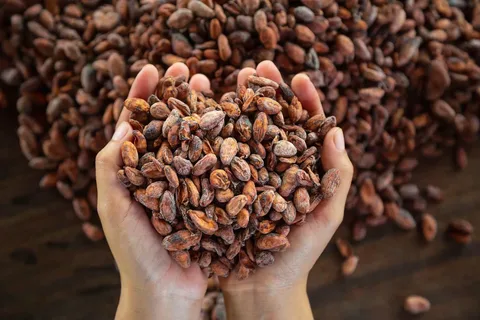When you speak of Bundibugyo, you can’t ignore cocoa — a crop that’s more than just beans in the soil. It’s the lifeline of thousands of households, the engine of the district’s informal economy, and a quiet but powerful contributor to Uganda’s agricultural exports.
Bundibugyo leads Uganda in cocoa production, with fertile soils and a favorable climate that have turned cocoa farming into the backbone of local livelihoods.
Over 80% of rural households in the district depend directly or indirectly on cocoa — as growers, traders, transporters, or processors.
On the national scale, cocoa has become one of Uganda’s top non-traditional export earners, bringing in millions of dollars annually in foreign exchange.
But it’s not just about numbers — it’s about impact.
Cocoa pays school fees, builds homes, funds small businesses, and keeps families fed. It’s a crop that gives rural youth an economic alternative and empowers farmers to take control of their future.
So, what more can be done?
- How can we protect cocoa farmers from exploitation and price shocks?
- What investments are needed in value addition and local processing?
- And how can government and private players support this sector to reach its full potential?
Let’s elevate the conversation about cocoa — not just as a crop, but as a national economic pillar that deserves strategic attention.
#CocoaForDevelopment #BundibugyoEconomy #UgandaAgriculture #CocoaIsPower #FromSoilToSuccess #SupportLocalFarmers
![]()



